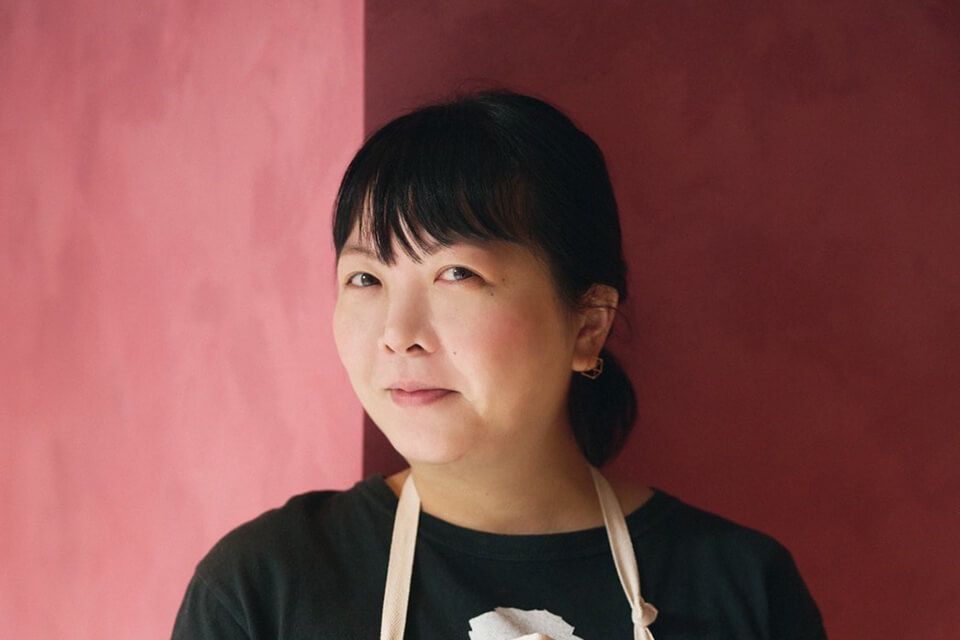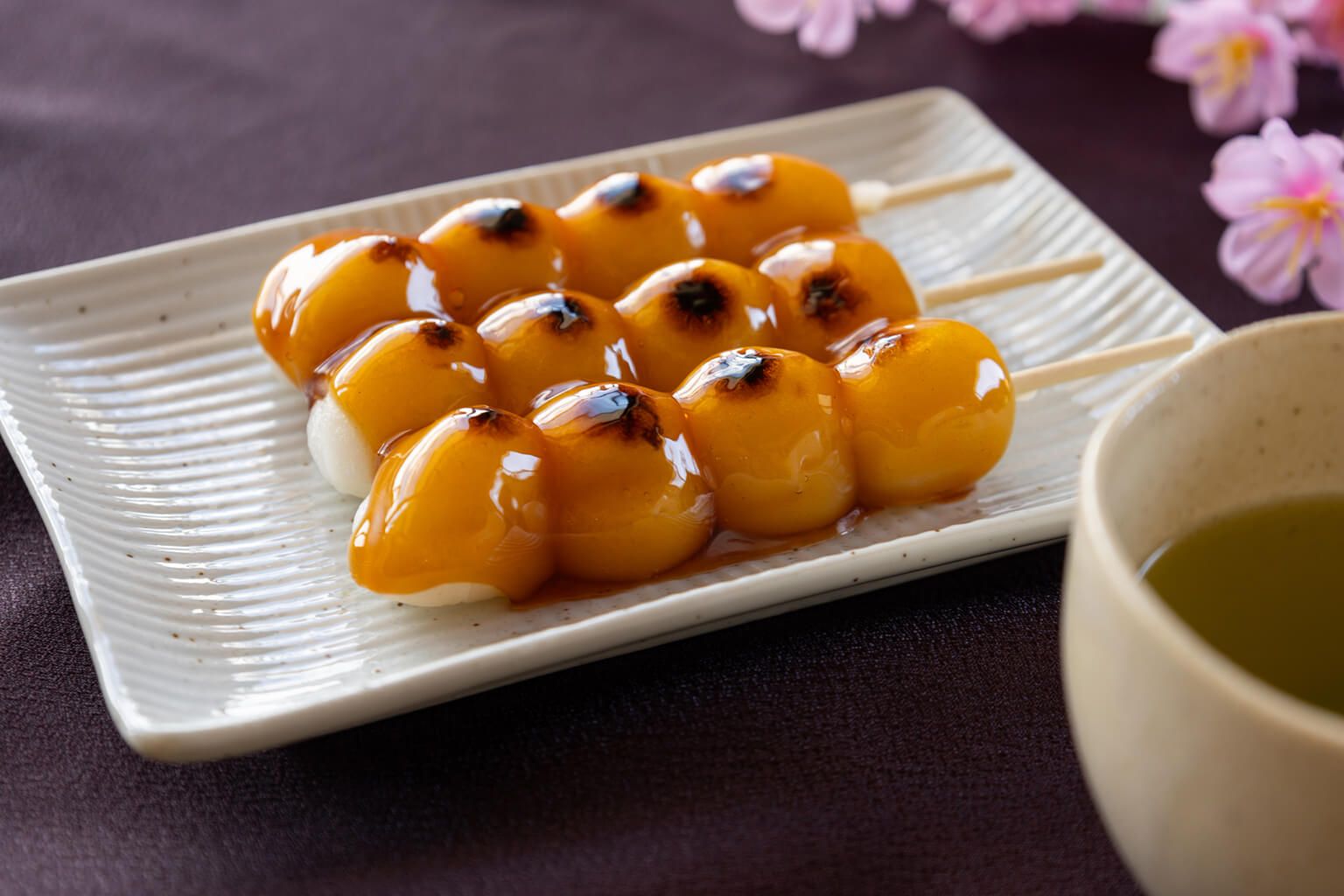The American craft sake scene has grown steadily in the last 10 years, with the number of breweries increasing from roughly a dozen in 2013 to nearly 30 in 2024. And while a good deal has been written about many of the breweries themselves, less attention has been given to the people who make that growth possible: the American rice farmers who ventured into the uncharted waters of growing “sakamai” (sake rice) in the United States. Let’s take a look at the past, present and future of sake rice in the U.S., and hear from Isbell Farms, a farm leading the way forward in sake rice production for breweries outside of Japan.
What is sake rice?
Sake can be brewed from any type of rice in the same way that wine can be fermented from any grape. But in the same way that vineyards select only certain grapes, brewers prefer certain rice varieties. Sakamai is short-grain japonica rice that is used for brewing sake. Decades if not centuries of research and refinement have resulted in 100 or so varieties of japonica rice that are approved and used for brewing in Japan. They all have a few things in common: they are well suited for polishing, and have the right ratio of nutrients that result in well-balanced, delicious sake. In fact, in order to be classified as premium sake, Japanese brewers must use one of these recognized varieties.
Trying to brew sake without sake rice
For decades, sake breweries outside of Japan faced a common constraint: Short-grain japonica rice grown and milled specifically for brewing was not exported from Japan. There were workarounds, including using starchier medium-grain varieties such as Calrose (grown in California) or table rice such as Koshihikari. Some homebrewers, myself included, have even experimented with arborio rice, which you may recognize if you have ever tried making risotto at home. But the characteristics that make table rice delicious to eat make it less desirable for brewing; most brewing rice, with its higher starch-to-protein ratio, doesn’t taste like much at all.
Regardless of which rice brewers chose, it was usually not highly polished. Some, mostly larger breweries with their own milling facilities adapted to using what rice they could get their hands on. SakéOne in Oregon developed some very good sake based on medium-grain varieties like Calrose. But generally, without the right rice milled to the right specifications, it was hard for brewers outside of Japan to approach the quality of imported Japanese sake, no matter what was done to compensate.
The demand for premium sake rice went unmet until Isbell Farms of Arkansas saw the opportunity to build on their earlier success of growing another Japanese varietal, Koshihikari.
How an American rice farmer became a sake rice farmer
In the early 1990s, after a chance encounter with a Japanese researcher named Dr. Shoichi Ito at an agriculture conference, rice farmer Chris Isbell of Isbell Farms started successfully growing Koshihikari rice on his farm in Arkansas. Whitney Isbell, media manager and daughter of Chris Isbell, agreed that the idea of Southern hospitality was a common thread that drew the researcher and the farmer together.
“I was like, oh, Japan is big on hospitality too,” she says. “So it’s just kind of that meshing of common beliefs.”
In spite of being told Koshihikari couldn’t grow outside of Japan, Isbell tried, and eventually succeeded. Emboldened by his success, he started growing other varieties including the most coveted sake rice: Yamadanishiki.
In 2013, Takara Sake USA, makers of Sho Chiku Bai, came calling and asked if he could grow Yamadanishiki for their sake brewery in Berkeley, California. Isbell Farms provided the sake rice and Takara Sake USA made waves in the U.S. sake scene when they introduced their Sho Chiku Bai “Junmai Daiginjo” brewed with Yamadanishiki grown in Arkansas. This was the first premium sake brewed and sold in the U.S. with American-grown sakamai. Looking back, it only seems like a natural progression of events, but at the time, it was something nobody thought possible.
Growing more sake rice varieties on American soil
Sensing a growing demand for sake rice, Chris Isbell and family continued to refine and expand their sake rice production in the decade that followed. As of 2024, they are now growing Yamadanishiki and Omachi varieties, as well as a medium-grain variety called Somai. The medium-grain rice is an ever-evolving variety developed by the Arkansas Agricultural Experiment Station’s Rice Research Center, just 20 minutes down the road from Isbell Farms. Somai, the most affordable variety, meets the demand of brewers who are looking to make sake at a lower price point.
In addition to Yamadanishiki — their most popular variety — Omachi and Somai, the farm is ready to ramp up production of other sought-after rice varieties as well.
“We still have Gohyakumangoku and Wataribune in our seed bank,” says Whitney Isbell. “We haven’t had enough interest yet to put it in the ground. So if that interest were to pick up, that’s something we can add to our library of rice.”
The challenges of sake rice farming
Compared to local medium and long-grain varieties, she admits farming sake rice hasn’t been easy.
“Conventional rice varieties are much easier to grow and especially to harvest. The sake varieties are taller and tend to fall down as they mature.”
Come harvest time, things can get a bit nerve-wracking.
“The stalk of sake rice is different as well; it’s similar to wire. It wraps around the equipment and creates much more wear and tear. We can harvest around 140-150 acres of conventional rice in a day, but it takes the same amount of time to harvest 30-40 acres of sake rice a day with the same equipment and crew. There was a learning curve, and we are still learning every day.”
Though she recognizes that the financial aspect of sake rice farming is an uphill battle, at least for now, the Isbells’ perspective is more broad.
“So we’re not just in it for the money,” she explains. “Even though, I mean, I’m ready for that to start happening a little more. And it’s slowly growing, but that’s not our main goal in the end. We’ve loved meeting these brewers, and we’ve made family, and all the different things that we get to do.”
Milling for brewers big and small
Perhaps the most recent and game-changing element of Isbell Farms has nothing to do with the cultivation of rice, but with the processing. The family acquired two rice mills from Minnesota, previously owned and operated by Minnesota Rice Milling and Moto-i, the Minneapolis sake brewery and restaurant. Their new milling operation, Cypress Creek Milling, has been keeping them busy long after the rice harvest.
“This year, the mill has picked up big-time … it stays busy. I get several emails a day, and a lot of homebrewer interest. … That’s what I see the most, probably, but we’ve had some new breweries coming along too.”
Milling or polishing sake rice has huge implications for the flavor of the sake. The more highly polished the rice, the more clean and light the resulting sake will be. This means that, thanks to Isbell Farms, even the smallest of craft brewers can make premium junmai daiginjo style sake.
While operating their own rice mill allows them to meet demands of brewers big and small alike, working with homebrewers and smaller orders has its own set of challenges. After initially requiring a minimum order of 25 kilos, they discovered the problem of shipping.
“The homebrewer is a whole different ball game for us as far as quantity and what we’re set up to do. Once you get over the 50-pound mark, the shipping gets expensive. So now you have expensive rice and expensive shipping, so we’re trying to figure out what that magic number is.”
But the Isbells are committed to meeting the needs of homebrewers — who may one day become craft brewers themselves.
“We want to serve the homebrewer well. That’s kind of one of our main goals from the very beginning when we moved the mills here. We want these people to have rice that they have been unable to get.”
So far the feedback on their sake rice has been positive. Asahi Shuzo Co., Ltd., maker of Dassai, who celebrated the grand opening of their Hyde Park, New York, brewery in 2023, are getting ready to bottle their first batch of Dassai Blue brewed with Isbell Farms’ Arkansas Yamadanishiki.
“I’ve heard that it’s really good,” she says of the new Dassai Blue. “They’ve tasted it a little bit and we’ve gotten really good reports.”
Praise from such a fastidious rice buyer as Asahi Shuzo Co., Ltd. is surely a positive sign of things to come, and the Isbells are ready to grow with the increasing demand.
“The future is bright for sake rice in the United States. Isbell Farms has plenty of room for expansion, and we look forward to serving a growing customer base…That’s what I always tell the brewers: ‘Don’t worry. We’ve got you. We can do it.’
More than growing rice
The prominent role that Isbell Farms plays in the American craft sake scene is not lost on the family, nor is the significance of the day that Chris Isbell met Dr. Ito and first began to experiment with japonica rice. Isbell reflects with a mix of wonder and gratitude at the way things have played out.
“It’s something that we think about everyday: How did we, a farm in Arkansas, get lucky enough to do this? To begin to grow a rice that’s used now for a beverage that’s up and coming in the United States?... It could’ve gone any direction, but it was a man from Japan who is now a family friend who comes and stays with us. …That day changed the trajectory of everything we have ever done. We had never even contemplated growing [sake rice]. No farmer around here does. Every farmer around is gonna plant normal Arkansas varieties, and we do that too.”
That is a point worth keeping in mind. At the moment, in spite of their capability to expand, sake rice still only represents a small fraction of the rice that they grow. In fact, out of 3,500 acres, only 10% of that produces sake rice. Yet what seems like such a small figure actually represents something much larger. To the Isbell family and to the American craft sake industry, though relatively small, it is a very important plot of land indeed.
References:
Ramsey, D. “Arkan-sake: Chris Isbell’s Lonoke County rice farm could revolutionize sake production in America.” Arkansas Times. April 10, 2014.
Sake On Air. “Episode-62: North American Sake Rice & Agriculture with Isbell Farms Part 1.”
https://sakeonair.com/2021/06/02/north-american-sake-rice-agriculture-with-isbell-farms-part-1/













